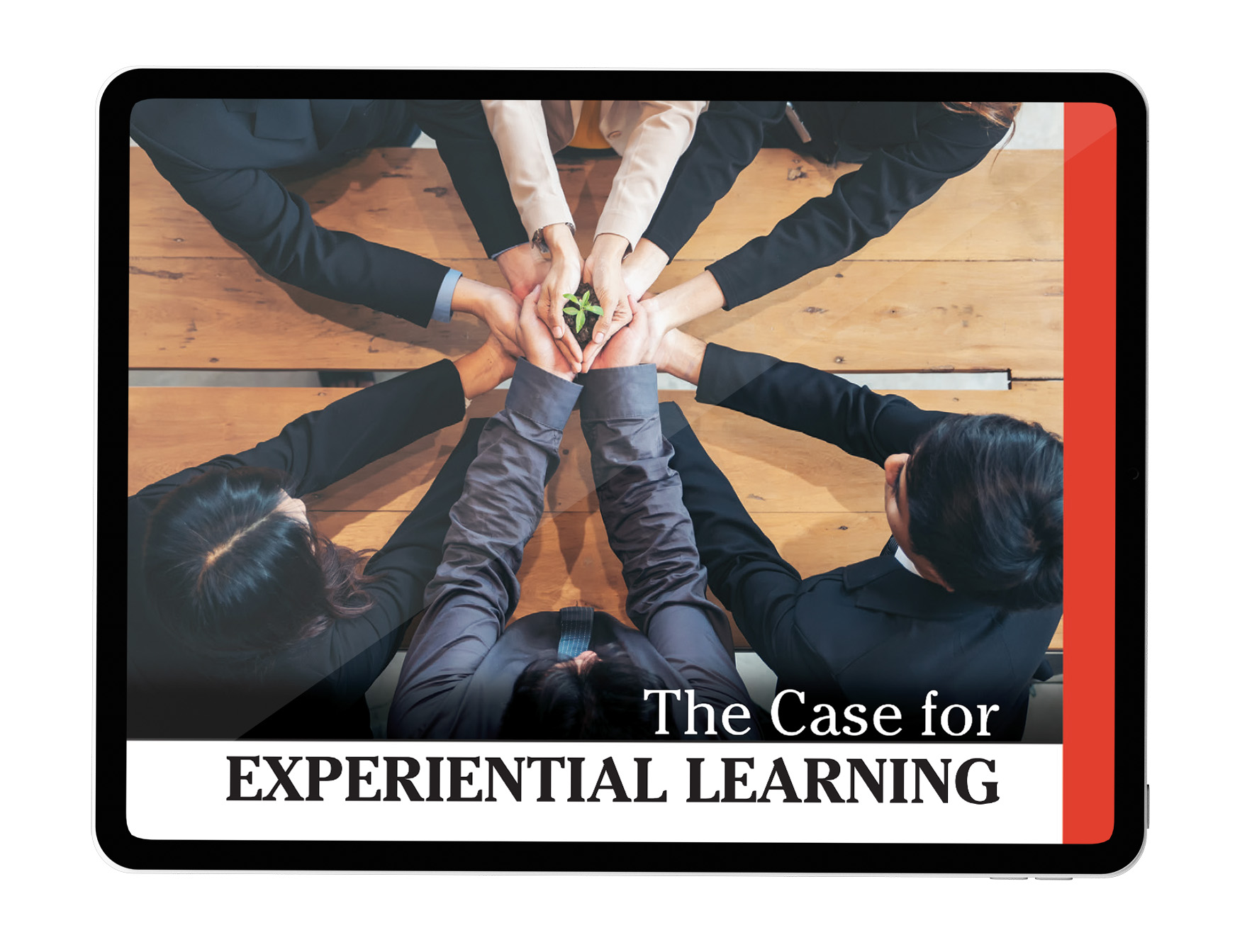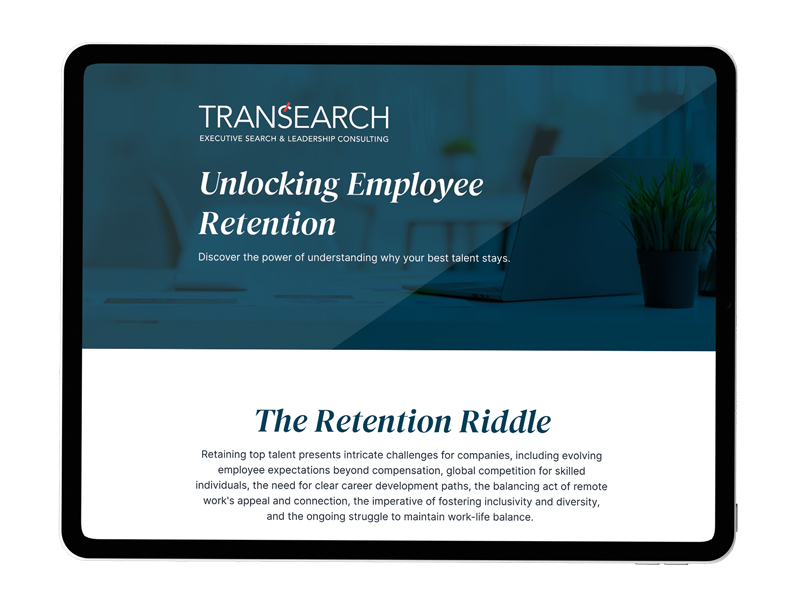While the Great Resignation sweeps across America, there is reason to see light on the horizon for the clean energy industry.
Most industries experienced contraction during the pandemic and clean energy was also affected. At the height of the pandemic, approximately 300,000 Americans experienced job loss in the sector. But globally, the trend has been different, with renewable energy job growth of about 500,000 around the world, according to the International Renewable Energy Agency (IRENA).
“Not even a global pandemic can slow the advance of renewable energy,” the agency’s Director-General Francesco La Camera wrote in a report, quoted by Reuters. He added Covid and the challenges of global warming have “reinforce(d) the need for a just and inclusive transition toward a clean, reliable energy supply and sustainable, healthy, climate-friendly jobs.”
Indeed, the prospects for sustainable power jobs to surge are very bright. Today in the U.S., clean energy is already the biggest job creator across America’s energy sector, employing nearly three times as many workers as work in fossil fuels, according to the environmental entrepreneurs’ group E2. More Americans work in clean energy than elementary school teachers, bankers, farmers or real estate agents.
Concurrently, workers are quitting or considering switching out of oil and gas in significant numbers. A recent study by Airswift of 16,000 professionals working in the oil and gas industry found an overwhelming majority – eight out of 10 respondents – are contemplating leaving their sector; their top alternative is renewable energy.
What we are in fact seeing evolve in energy is the Great Resignation transforming into the Great Transition. With so many fossil fuel workers seeking a new career path in clean energy and the Biden administration pushing a green mandate, the timing appears ripe for jobs in sustainability to boom.
Here are three strategies companies can pursue to boost the green energy shift into full gear:
1. Capitalize on Transferable Skills
There are many skillsets from the oil and gas industry that are highly transferrable in the green energy sector. For example, the IEA (International Energy Agency), notes some oil and gas workers have skills required for offshore wind, carbon capture utilization and storage, along with low-carbon gas production and transport. Coal miners are armed with skills needed to mine key clean energy minerals, such as lithium, copper and cobalt, which according is expected to reach seven-fold growth in demand by 2050.
Additionally, restoring closed mines in an environmentally sound way can help maintain vital jobs within communities for a number of years after closure. And skills in areas such as geoscience, engineering, chemistry and reservoir modelling are also transferrable to geothermal and hydrogen power jobs.
2. Boost Training Programs
While there are many transferable skills, building a wind turbine is still vastly different from planning a fracking project. In other words, a substantial amount of training, development and reskilling will be required to empower traditional energy workers with the tools they need to thrive in clean energy work. There is definitely a strong desire for these training initiatives among fossil fuel workers. A study of traditional energy workers conducted by the research organization Platform found 53 percent of respondents are interested in offshore wind-related training, 51 percent find renewables appealing, 38 percent are inclined towards rig decommissioning, and 26 percent would like training in carbon capture and storage.
Clean energy organizations must build specialized training, coaching and development programs. customized for workers and focused on their career progression. This will involve assessing employee competency levels and creating training plans that directly connect the needs of the organization and the employee.
Applied training is consistently effective and data shows people favor delivery in collaborative formats, be it in-person on virtually. For instance, according to a LinkedIn report, 91 percent of learning and development professionals said teams that learn new skills together are more successful. And the majority of those surveyed pointed out community-based learning helps build a sense of belonging in an organization.
3. Empower Diversity
A lack of diversity in the clean power space is a pressing challenge. For instance, a U.S. solar industry diversity study found that 88 percent of senior executives and 73 percent of workers within the solar industry are white and 80 percent of senior solar executives are men. Inclusive hiring practices can help recruitment efforts reach a wider talent pool, making it easier to hire high-quality candidates from diverse backgrounds.
Companies will need to address barriers to inclusion to be successful. Data shows the sustainable sector has high educational requirements and often favors people with access to elite networks. Therefore, consider dropping or perhaps loosening qualification requirements and looking for talent in non-traditional places. Another strategy is partnering with diverse professional associations as a means of showcasing the opportunities available in clean power and simultaneously, targeting groups of people who are not equitably represented in the field.
Ultimately, the combination of tapping into transferable skills, arming employees with opportunities to learn and grow and intentional recruitment practices in diverse communities, have the potential to transform the Great Resignation into the Great Transition for the sustainable energy sector. Not only can these tactics help fill talent gaps, but they can also set your organization apart from the competition.





































































